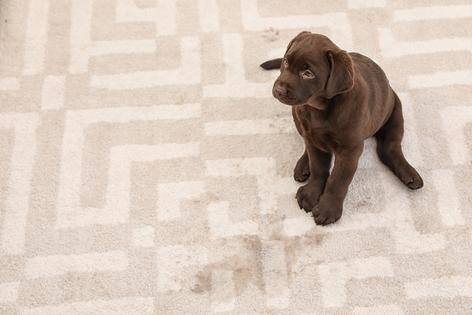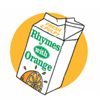My Pet World: Submissive urination, butter fingers, and a cat who vomits
Dear Cathy, We have a nine-month-old pup, Winnie, who gets very excited whenever anyone visits our home. She squirms, wiggles her butt wildly, and then lays on her back, continuing to squirm. Eventually, she also piddles on the floor. We love her dearly, but this behavior is becoming a nuisance. What can we do to prevent her from greeting our guests with such overwhelming enthusiasm?
— Karen, Roanoke, Virginia
Dear Karen,
Winnie’s behavior is known as submissive urination, a common issue in puppies and young dogs when they feel excited, overwhelmed, or unsure of the situation. It’s her way of showing she means no harm. Fortunately, with some adjustments, you can help her build confidence and reduce this behavior over time.
Before guests arrive, take Winnie for a walk or engage her in play to burn off some energy. You can also give her a favorite toy to focus on as a distraction from the excitement.
Next, consider greeting guests outside to prevent piddling inside the house.
When greeting guests, stay calm and low-key. It’s natural to get excited when our friends arrive, but that excitement can overwhelm Winnie. Encourage your visitors to avoid direct eye contact with her, crouching over her, or petting her right away. Ask them to ignore her at first so she can settle down on her own. Let Winnie approach them at her own pace. Once she’s calm, they can greet her gently, but only if she initiates contact.
Submissive urination usually resolves as dogs grow older and gain confidence. In between visits, work on building Winnie’s confidence through positive reinforcement and training. Teaching her basic commands like “sit” or “stay” can help redirect her focus from excitement to calm behavior.
Most importantly, never scold Winnie for urinating when she’s excited. Punishment can increase her anxiety and make the problem worse. With patience, training, and gentle exposure to new situations, you can help Winnie feel more secure and reduce her excited welcomes over time.
Dear Cathy,
Regarding a recent column concerning puppies biting, I learned a great tip years ago: touch fingertips to a tiny amount of butter. (It doesn’t even have to be visible on the fingertips). The puppy will lick, not bite. Over a short time, the butter won’t be necessary, and in the meantime, you’ve stopped a bad habit from forming. This is especially effective when it comes to the fingers of little children.
— Brigantine, New Jersey
Dear Brigantine,
Thank you for sharing your tip! I can already picture people heading to the fridge to give this a try. Encouraging puppies to lick rather than bite can be a helpful step in curbing their enthusiasm, and if it’s humane and it works, I say give it a try.
The only possible downside I see is that the butter might lead puppies to associate hands with food, which could result in unwanted behaviors like increased begging, nibbling, licking, or constantly seeking out hands for food. It really depends on the puppy, so if any readers try this, just keep that in mind.
Puppies typically begin losing their baby teeth around 12 to 16 weeks of age. Between four to six months of age, the baby canine teeth and premolars are replaced by adult teeth. By six to eight months, most puppies will have all their adult teeth for a total of 42 teeth. During this period puppies chew more to alleviate discomfort. Providing appropriate chew toys can help soothe their gums and protect your belongings from damage. Puppies should have access to lots of chew toys during this period in their lives, as it also helps teach puppies that hands are not toys to be chewed on.
Dear Cathy,
Regarding the letter from Liz about her cat who projectile vomits, my cat had the same problem. We bought a double cat bowl that is on an incline, and the vomiting stopped when he no longer had to eat with his head down. I know this may not help with rapid eating, but it might help with the vomiting issue.
— Wendy, East Williston, New York
Dear Wendy,
Thanks for your tip. Rapid eating is an issue for some cats and dogs, which is why slow-down bowls were created. The inclined bowl you mentioned might help with the vomiting, but if it doesn’t, I hope Liz takes her cat to the vet. A cat should not be projectile vomiting, and persistent vomiting can indicate an underlying health issue. It’s always a good idea to monitor any changes in behavior and eating habits in our pets, as early detection can prevent more serious problems.
_____
_____
========
(Cathy M. Rosenthal is a longtime animal advocate, author, columnist and pet expert who has more than 25 years in the animal welfare field. Send your pet questions, stories and tips to cathy@petpundit.com. Please include your name, city, and state. You can follow her @cathymrosenthal.)
©2024 Tribune Content Agency, LLC.
(c) 2024 DISTRIBUTED BY TRIBUNE MEDIA SERVICES, INC.












Comments